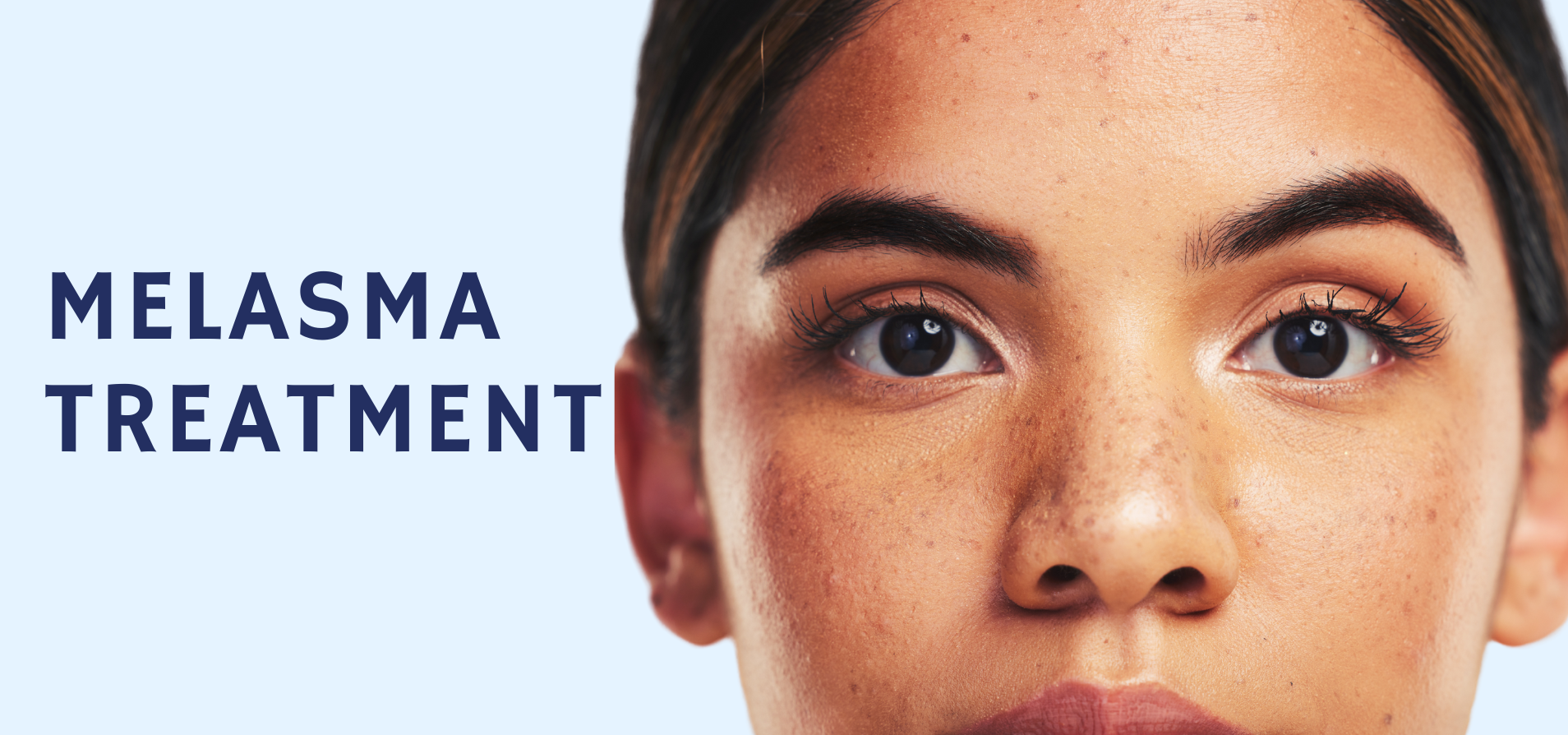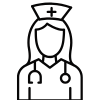
What is Melasma?
Melasma is a common skin condition that causes dark, discolored patches on the skin, usually on the face. It is more common in women, especially those with darker skin tones, and is often triggered by sun exposure, hormonal changes (such as pregnancy or birth control use), and genetics.
BENEFITS OF MELASMA TREATMENTS

FAQs
Melasma is a common skin condition characterized by brown or grayish-brown patches, typically on the face. It often appears on the cheeks, forehead, nose, and upper lip and is more common in women, especially those with darker skin tones.
The exact cause isn’t fully understood, but factors include:
Hormonal changes (e.g., pregnancy, birth control pills, hormone therapy)
Sun exposure
Genetics
Certain medications and cosmetic products
A dermatologist usually diagnoses melasma through a physical examination. Sometimes, they may use a Wood’s lamp to examine the skin more closely.
Treatment may involve a combination of:
Topical treatments: Hydroquinone, tretinoin, azelaic acid, kojic acid, or corticosteroids
Chemical peels: To lighten pigmentation
Laser therapy: Such as fractional lasers or intense pulsed light (IPL)
Microdermabrasion: For mild cases
Sun protection: Broad-spectrum sunscreen with SPF 30 or higher
Melasma can improve with sun protection and time, but it often persists without treatment, especially if the underlying cause (like hormonal changes) remains.



